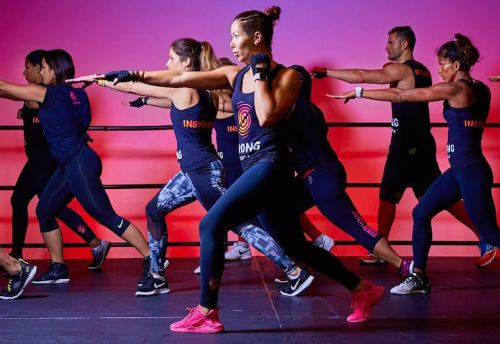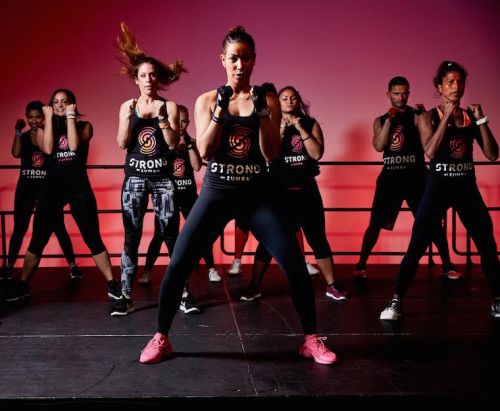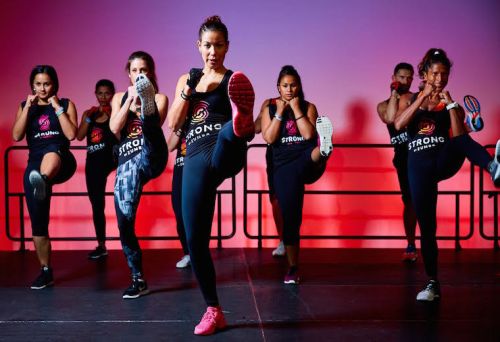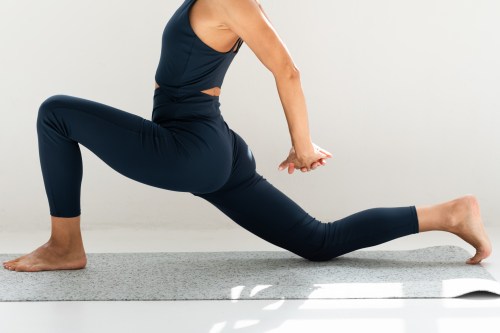Walk into a Zumba class, and you expect to encounter grapevines and plenty of salsa steps. But burpees? Not so much.
That’s changing with the debut of the powerhouse global brand’s first “non-dance” class, Strong by Zumba, which applies the same rhythm-based principles the workout is known for to interval training sequences.
“We have spent years bringing outsiders into the fitness world by making exercise enjoyable through music,” says Zumba CEO Alberto Perlman. “Many of our trainers who supported the creation of Strong were frustrated with the role music was playing in HIIT and boot camp-style classes. We want to use our expertise to introduce a completely new concept of interval training that uses synced music motivation.”
“The songs we’ve created are reverse-engineered to match every move in class, pushing participants way past perceived limits.”
Strong by Zumba officially launched in August with a splashy music partnership with producer Timbaland (and availability at select locations,, including some Crunch gyms), and key trainers are traveling all over the country to prep even more Zumba instructors to teach it. The class is expected to be widely available by early 2017.

So what the heck is “synced music motivation,” and does it really offer anything innovative and exciting?
“The main differentiator in Strong by Zumba versus other HIIT workouts is the relationship of syncing music to moves,” Perlman says. “The songs we’ve created are reverse-engineered to match every move in class, pushing participants way past perceived limits. Music is not just an afterthought.”
I hopped into a class at Lucille Roberts in midtown Manhattan to give it a try, and the beat-based training was pretty impressive. You can expect a few dance-based moves like toe taps for active recovery, but the majority of class consists of more traditional body-weight strengthening exercises, like variations on squats, lunges, and planks, plus plenty of plyometric-based cardio bursts in the form of high knees, squat jumps, speed skaters, and yes, burpees, without missing a beat.

Every single movement is done in sync with the music (which leans electronic but incorporates hip-hop, Latin, and other genres), so if it’s a burpee, you’re putting your hands on the floor on the beat, hopping feet out on next, in on the next, and jumping on the next. It keeps everyone moving together seamlessly—and utilizes a lot more muscle than in your average dance cardio class, without sacrificing the rhythm.
Overall, Strong by Zumba feels like…ahem…a strong new offering that will allow the brand to expand its reach among younger exercisers who want to get in a more intense sweat session and feel the burn even after the music’s stopped.
Another way Zumba is expanding? The company is also now training its instructors in nutrition. While you wait for the classes to come to your city, try these three HIIT moves at home.
Sign Up for Our Daily Newsletter
Get all the latest in wellness, trends, food, fitness, beauty, and more delivered right to your inbox.
Got it, you've been added to our email list.











